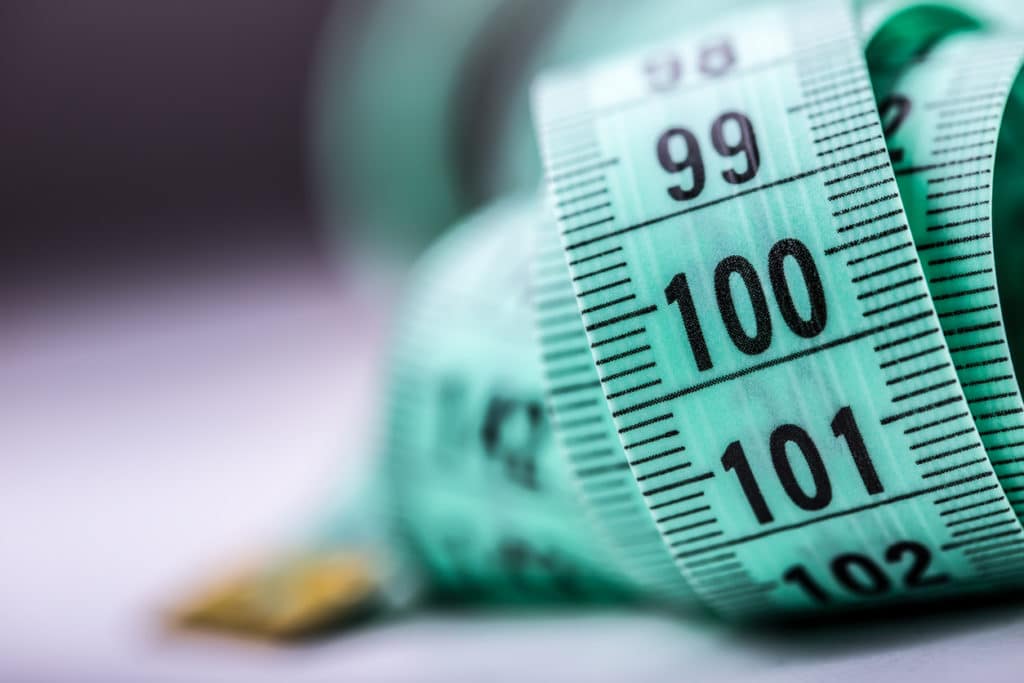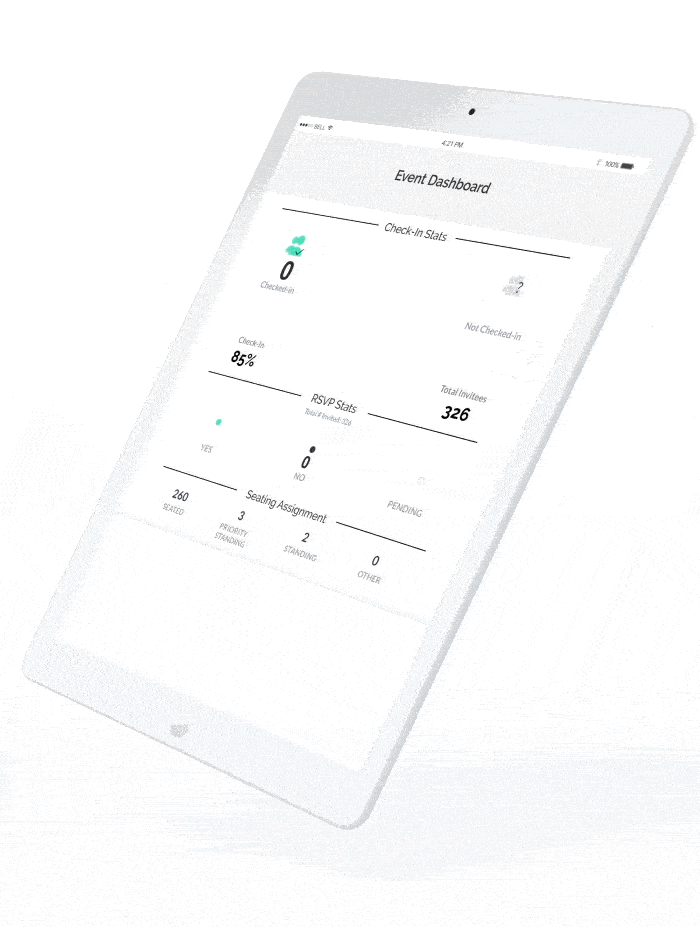According to a report published by Bizzabo in 2019, 63% of company leaders intend to increase their total event budget by an average of 22% in the next year. This isn’t surprising, considering how brands, both luxury and mass-market, are investing more in event marketing activities, which are proving valuable in creating an impact in the digital era.
Event marketing has evolved, making way for 360 degree, immersive experiences for which it is essential to develop strategies that consider the different Voices; from Owned Media, to Influencers, Celebrities and Media. Feats like that of Emporio Armani’s 2018 show, which saw the unveiling of his collection take place in a hangar at Linate airport in Milan, can prove expensive. That’s why achieving the perfect mix of the different marketing tactics is crucial to obtain an optimal return on investment (ROI).
![]() Download the event organization checklist to help guide you through the management of these types of marketing activities:
Download the event organization checklist to help guide you through the management of these types of marketing activities:
In the case of Emporio Armani, the return resulted in more than $4M generated in Media Impact Value™, thanks to the combination of celebrities, influencers, and owned media coverage that the Italian fashion house activated.
But, if successful event marketing relies on a combination of different experiences, it also implies the necessity to measure their results from different standpoints in order to obtain a global view of their performance. We take a look at 3 types of analysis that you can carry out on your events:
In this article you’ll learn…
Measure the Operational Success of Your Event Marketing
The basis of any event is the experience developed by the brand and, above all, whether it meets the expectations of attendees; avoiding queues and waiting by orchestrating smooth arrival and entry strategies for attendees, having a well-executed ‘seating plan,’ or ensuring that the percentage of final attendees meet the objectives initially set are just a couple of the goals that PR and event teams strive for.
Therefore, the first type of analysis to undergo is to measure the operational side of the activity. In addition, it is important that the tools used for measuring offer real-time monitoring in order to make decisions quickly during the process of managing the event itself.
Analyze the Impact on Brand Performance
The second key to measuring the success of your event marketing is to analyze the contribution that each Voice has had to the performance of the event and the campaign. In the case of Emporio Armani, for example, 55% of the impact generated was via the Voice of Influencers, with names such as Cameron Dallas (which generated $417K in MIV) or Mauro Icardi ($274K in MIV) leading the charge.
These insights will allow you to identify the tactics that work the best for your events and compare them with the investment made for each channel or Voice involved.
The Share of Value metric is what will supply you with the data required to understand how each Voice contributed to the success of your event.
Understand the Return on Investment (ROI) of your event
Finally, one of the keys to understanding what all the engagement, mentions and impact generated by your event translates into, is to use a metric in the form of currency that allows you to understand the global return in monetary terms on the presentation of your collection, product or brand.
Media Impact Value™ is the criterion used at Launchmetrics and whose algorithm includes not only quantitative elements such as engagement, reach or audience but also qualitative aspects that are fundamental in offering a value according to the results obtained.
Thanks to this metric, Chiara Ferragni was able to calculate the overall impact generated through the #TheFerragnez campaign during her wedding. You can download the data rundown of the campaign on our website.
Do you use other types of KPIs to calculate the impact and performance of your event marketing? Leave us a comment with your experience!



